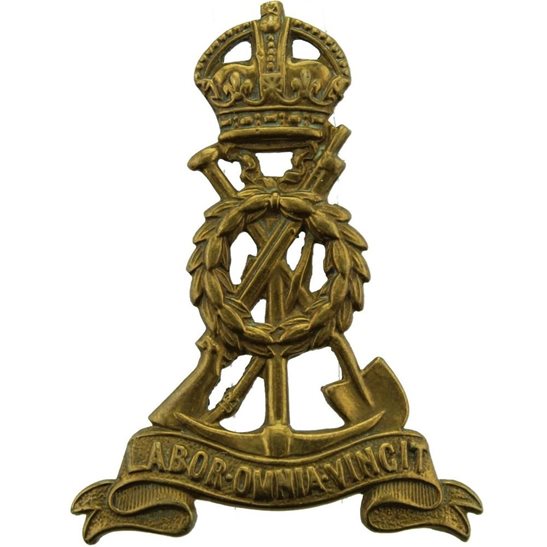Personal Details
Born: In 1881 in Hollyhurst, Whitchurch, Shropshire. Also known as Stephen Charles Evans.
Family: He was the third of eight children born to Stephen Charles Evans, a rural postman, and his wife Sarah Harriet. No marriage can be traced for Charles.
Residence: In 1891 he lived in St. John’s Street, Whitchurch with his parents and siblings; by 1901 they had moved to 14 Brownlow Street, Whitchurch. In 1911 he lived 30 Egerton Road, Whitchurch. His service attestation gives his address as Grindley Brook, Whitchurch and his discharge papers and 1919 Absent Voters’ Register indicate he lived at 16 Grindley Brook. At the time of his death he lived at 18 Bargates, Whitchurch.
Employment: In 1901 he was a butcher’s labourer; in 1911 a yard man at a hotel and in his attestation he declared his occupation as wine merchant’s labourer.
Died: In 1937 in Whitchurch, aged 55, and was buried on 13 March the same year in Whitchurch cemetery.
Military Details
Regiment: Labour Corps (previously Royal Field Artillery and Cheshire Regiment)
Rank: Private
Service Number: 35801 (previously 189707 and 62670)
Date of Enlistment: 10 December 1915
Date of Discharge: 4 March 1919
Reason for Discharge: Demobilisation
Other Information: His brothers James Henry and Richard Thomas also served in WW1.
Charles was awarded the Campaign Medals (British War Medal, and Victory Medal)

The British War Medal (also known as 'Squeak') was a silver or bronze medal awarded to officers and men of the British and Imperial Forces who either entered a theatre of war or entered service overseas between 5th August 1914 and 11th November 1918 inclusive. This was later extended to services in Russia, Siberia and some other areas in 1919 and 1920. Approximately 6.5 million British War Medals were issued. Approximately 6.4 million of these were the silver versions of this medal. Around 110,000 of a bronze version were issued mainly to Chinese, Maltese and Indian Labour Corps. The front (obv or obverse) of the medal depicts the head of George V. The recipient's service number, rank, name and unit was impressed on the rim.
The Allied Victory Medal (also known as 'Wilfred') was issued by each of the allies. It was decided that each of the allies should each issue their own bronze victory medal with a similar design, similar equivalent wording and identical ribbon. The British medal was designed by W. McMillan. The front depicts a winged classical figure representing victory. Approximately 5.7 million victory medals were issued. Interestingly, eligibility for this medal was more restrictive and not everyone who received the British War Medal ('Squeak') also received the Victory Medal ('Wilfred'). However, in general, all recipients of 'Wilfred' also received 'Squeak' and all recipients of The 1914 Star or The 1914/1915 Star (also known as 'Pip') also received both 'Squeak' and 'Wilfred'. The recipient's service number, rank, name and unit was impressed on the rim.

